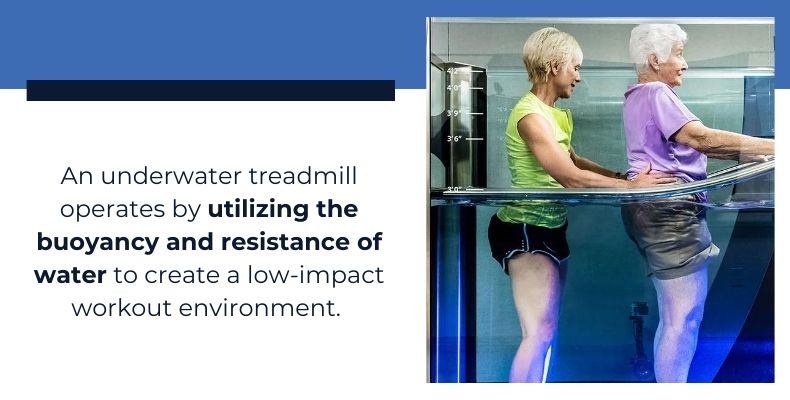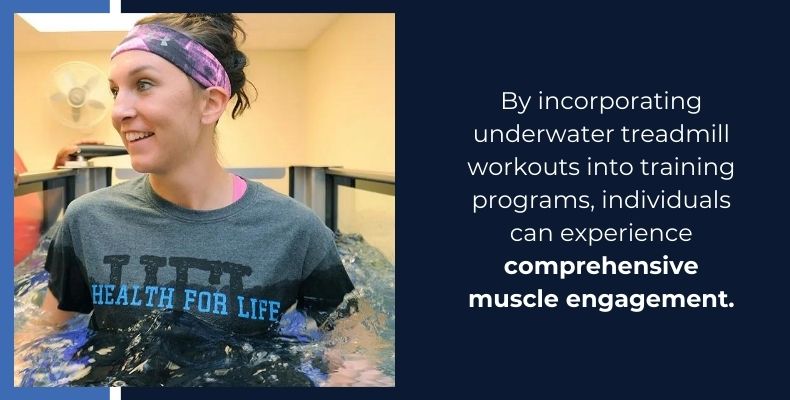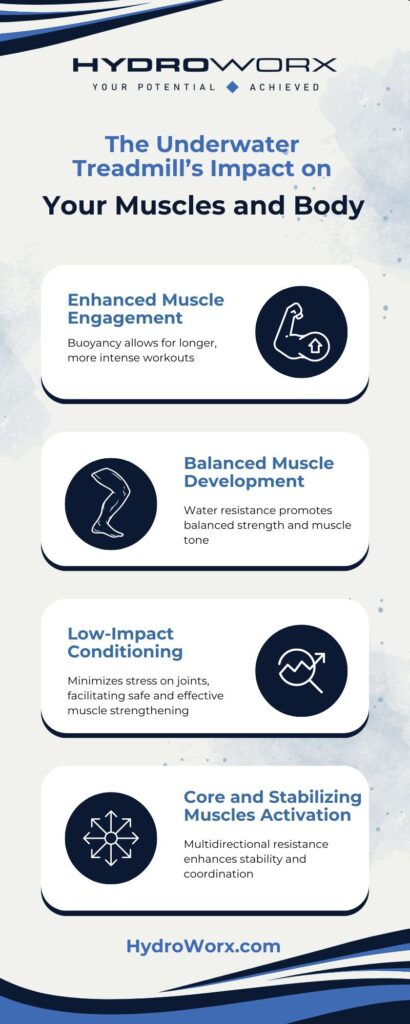Underwater Treadmill vs. Traditional Treadmill: The Impact on Your Muscles and Body
As we strive to elevate physical rehabilitation and athletic performance to unprecedented levels of efficiency and intensity, we must understand the importance of innovative aquatic therapy equipment such as underwater treadmills. At HydroWorx, we pride ourselves on providing superior aquatic therapy pools and integrated underwater treadmill technology that revolutionizes the fields of physical therapy, sports medicine, and athletic conditioning. In this blog article, we will explore the significant differences between underwater treadmills and traditional treadmills, focusing on their impacts on muscle engagement, body strengthening, and overall workout effectiveness.
By understanding the unique benefits of underwater treadmill training, we aim to empower our partners, including college athletic departments, medspas, and physical therapists, to optimize their patients’ rehabilitation and training experiences. Join us as we dive into the dynamic world of aquatic therapy and discover how HydroWorx can positively impact your facility and clientele.

An Overview
Before diving into the detailed advantages of underwater treadmills and comparing them to traditional treadmills, it’s crucial to understand the fundamental differences in how these workout modalities impact muscle engagement and body strengthening. Let’s explore each option and how they can enhance overall workout effectiveness and assist in achieving optimal muscle engagement.
Underwater Treadmill
The underwater treadmill operates by utilizing the buoyancy and resistance of water to create a low-impact workout environment. Users walk or run on the treadmill belt submerged in water, which reduces stress on joints and muscles. As the individual moves against the water’s resistance, the muscles are engaged more effectively, leading to improved strength and endurance. The multidirectional resistance provided by water challenges muscles from various angles, promoting balanced muscle development and enhancing overall toning.
Traditional Treadmill
In contrast, the traditional treadmill operates on a solid surface with minimal resistance beyond the user’s body weight. This setup requires individuals to walk or run on a belt that moves beneath them, simulating outdoor walking or running conditions. While traditional treadmills provide a convenient indoor workout option, they can be high-impact, placing stress on joints and muscles. The repetitive motion on traditional treadmills primarily focuses on lower body muscle engagement, potentially leading to muscle fatigue and imbalance muscle development over time.

Pros and Cons
Before incorporating underwater or traditional treadmills into a physical therapy or athletic conditioning program, it’s essential to consider the specific advantages and drawbacks of each type of equipment.
Underwater Treadmill
- Pros:
- Low-impact workout environment
- Reduced stress on joints and muscles
- Enhanced muscle engagement and strengthening
- Multidirectional resistance for balanced muscle development
- Cons:
- Limited ability to vary speed and incline
- Requires pool or aquatic therapy setting for use
- Initial cost investment for acquisition and maintenance
- Training required for proper utilization and safety considerations
Traditional Treadmill
- Pros:
- Convenient indoor workout option
- Simulates outdoor walking or running conditions
- Easy to adjust speed and incline settings
- Suitable for various fitness levels and training programs
- Cons:
- High-impact nature may cause strain on joints and muscles
- Limited muscle engagement beyond lower body muscles
- Repetitive motion patterns may lead to muscle fatigue
- Potential for imbalanced muscle development over time
By weighing these pros and cons of underwater and traditional treadmills, physical therapy professionals, sports medicine practitioners, and athletic trainers can make informed decisions on the most suitable equipment to enhance their clients’ rehabilitation and training programs.
Underwater Treadmills and the Impact on Your Muscles and Body
Underwater treadmill workouts offer a revolutionary approach to enhancing muscle engagement and overall body strength compared to traditional treadmill methods. The buoyancy of water provides a unique environment that reduces the impact on joints and muscles, allowing for longer and more intense workouts without added strain. This reduced stress on the body enables individuals to engage in activities that may be challenging on land, leading to enhanced muscle activation and strengthening.
By incorporating underwater treadmill workouts into training programs, physical therapy sessions, or athletic conditioning routines, individuals can experience comprehensive muscle engagement, improved strength gains, and enhanced overall fitness levels. These innovative workouts not only provide an effective way to target specific muscle groups but also offer a low-impact environment for individuals to achieve their fitness and rehabilitation goals effectively.

Traditional Treadmills and the Impact on Your Muscles and Body
Traditional treadmills present a contrasting approach to underwater treadmill workouts in terms of their impact on muscle engagement and overall body strength. While traditional treadmills offer a familiar indoor workout option and can be a convenient way to exercise, they may exert higher stress on joints and muscles due to the solid surface and continuous impact with each stride. This high-impact nature can potentially lead to joint strain and muscle fatigue over time.
Traditional treadmills primarily focus on engaging lower body muscles, with limited activation of other muscle groups as compared to the comprehensive muscle engagement facilitated by underwater treadmill workouts. Despite their convenience and versatility in speed and incline adjustments, traditional treadmills may not offer the same level of muscle activation and balanced development as underwater treadmill exercises.

Partner With HydroWorx for Underwater Treadmills
Discover how incorporating HydroWorx’s innovative aquatic therapy pools and underwater treadmill technology can revolutionize your approach to rehabilitation and training. Elevate your clients’ workout experiences, enhance muscle engagement, and optimize overall body strength with our state-of-the-art aquatic solutions. Contact us today to explore how HydroWorx can empower you to achieve unparalleled levels of efficiency, performance, and success in your practice. Take the next step towards excellence in physical therapy and athletic training with HydroWorx by your side.

